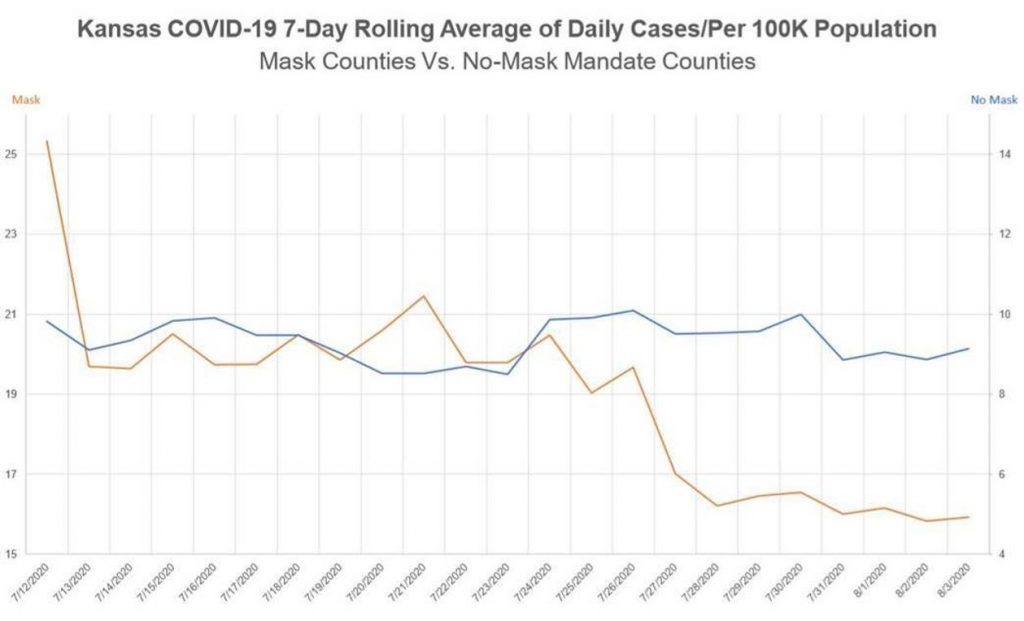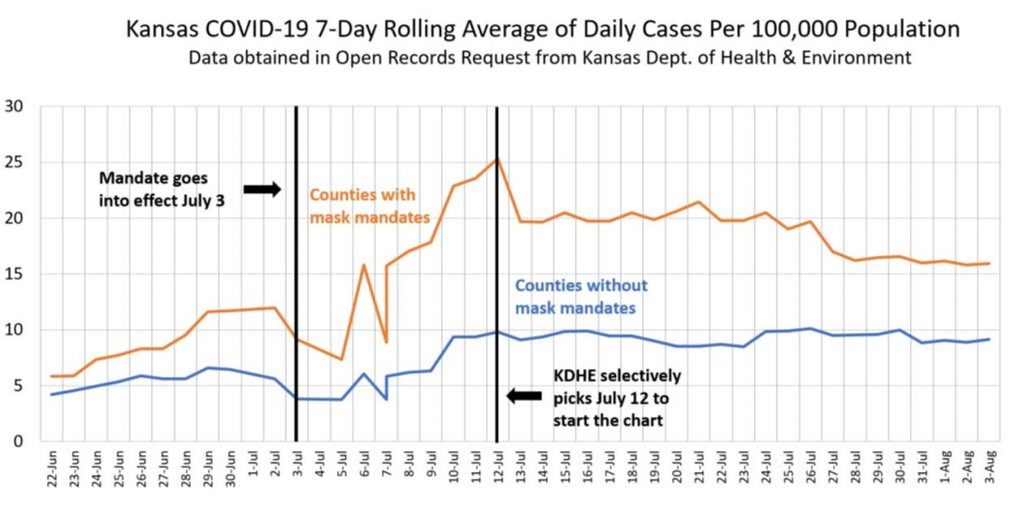A couple thoughts on Hydrogen. This might be old news to some, but two Harvard scientists have created metallic hydrogen [Ref. 1] by employing extreme pressures. This material is predicted to be metastable. This implies that when the pressure is removed, the hydrogen will remain as a metal. The example employed indicates that diamond, a metastable form of graphite, remains as a solid unless it is heated to a very high temperature when I will revert to graphite.
This achievement has been pursued over the last century. The possibility exists that the metallic hydrogen might possibly be a room temperature superconductor. One advantage for propulsion systems is that metallic hydrogen should have more than three times the energy release than liquid hydrogen. The work will continue without any short term promises of quantities of the material being available.
An Indiana firm has a process for operating vehicles using hydrogen for fuel [Ref. 2]. It is currently retrofitting a truck for the city of Carmel, Indiana. The process employed requires a less than one-hundred-pound metal box with a device that manufactures hydrogen, which is fed into the modified engine. The critical component of this device contains six stainless steel canisters with a 113 gram “button” of aluminum and a gallium alloy. A small amount of water drips onto the buttons creating a chemical reaction that separates the hydrogen and oxygen in the water. The hydrogen is released and the oxygen forms aluminum oxide. If the buttons are depleted, the truck will resort to traditional fuel.
Many companies are experimenting with hydrogen powered vehicles. The major issue is the availability of the hydrogen. Plus, the majority of the hydrogen powered vehicles require a refueling that involves some form of liquid. This limits the usability of hydrogen powered vehicles. This “pellet” approach might provide a means of accelerating the application of hydrogen for a fuel. The Residue of the product is water, which is not a pollutant.
Back to ethics and integrity. It seems that the news is full of contradicting information regarding the current COVID-19 pandemic. There are medical reports that have been recalled due to questionable results and the researchers’ refusal to provide information about their experiments. Politics has jumped into the fray with all sorts of blame for someone else. The issue also consists of the fact that people listening to the statements either do not understand or do not actually read what is being presented.
The Kansas state’s health secretary created a chart that demonstrated the State’s mask mandate appeared successful. The figure below is the original presentation to the general public. It compares the rolling average of daily cases per 100K population for mask usage and non-mask usage. The gold line is the mask usage and the blue line is non-mask usage. The blue line is relatively consistent while the gold line shows a very significant reduction. The media publicized this information as proving the validity of requiring masks [Ref. 3].

There is only one problem. The “y” axes are different for each of the variables. The data for the “official” chart from the State was taken from the chart below. The impression provided by the state official was erroneous in order to get people to fall for it. It was uncovered and published by Wall Street Journal.

The issue with creating false information is that the public starts to not believe anything that officials state as needed. The medical profession has firmly stated that masks are not required and then decided they are required. Certain medications are helpful and no they are not. A vaccine will be developed, and everyone should have one even though long-term effects are unknown. Herd immunity might only take 60% immunization to be effective, but all other types of immunizations required over 90%. Researchers produce reports that are then retracted or not able to be verified. Can anyone be believed?
Without the ability to trust anyone, how does a society operate? We must get back to ethics and integrity in all phase of civilized life.
References:
- https://getpocket.com/explore/item/holy-grail-metallic-hydrogen-is-going-to-change-everything
- https://spectrum.ieee.org/energywise/transportation/alternative-transportation/hydrogen-on-tapdevice-trucks-fuel-efficient-vehicles?utm_source=energywise&utm_medium=email&utm_campaign=energywise-05-06-20&mkt_tok=eyJpIjoiT0Rjd09UWTJaakJtTVRGbCIsInQiOiJ0MWNlVVdVVWdTWFNqRHJ0ZXkyRHFMb25NY2NMeXdqQkVKb2dRR1JzbXpjUFwvaHVISlZIWWlDck9KU0Q0dkRmZmFXeldwa2JKQ2FvS045R1FuWFowV05TZUwwZmZSZ3hTalJEVUN2dUJMbGNlMjJia244VGdOdEtUNWlGUXdyZ3AifQ%3D%3D
- https://www.wsj.com/articles/kansas-democrats-covid-chart-masks-the-truth-11598483406?mod=opinion_lead_pos10
